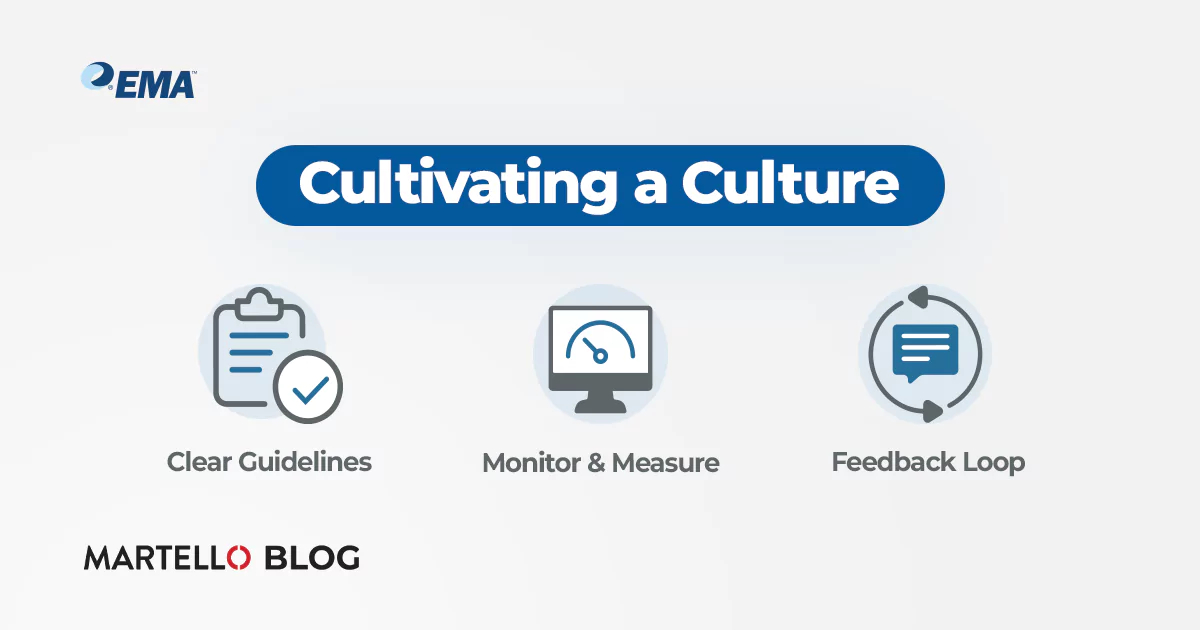Solve Teams Performance Challenges for Revenue Growth
Microsoft Teams Monitoring
Introduction
As a business leader, you know the power of seamless digital communication. In today’s fast-paced landscape, Microsoft Teams has become the backbone of collaboration, client interaction, and overall efficiency. But when Teams falter, the consequences can be dire. It can erode your revenue streams and dull your competitive edge. That is why overcoming Teams performance challenges is essential for your organization’s success.
Don’t let Teams performance challenges become a silent saboteur of your success. This blog explores the challenges that plague revenue-driven teams, recently highlighted in the State of Microsoft 365 Performance Management report produced by research firm EMA. It equips you with strategic solutions to navigate them like a pro.
Unmasking the Challenges of Poor Teams Performance
Your sales team is on a pivotal call, pitching your latest innovation. Then, their video stutters voice garble, and screen sharing freezes. The client’s attention fades, replaced by frustration. This is just one example of how Teams performance challenges can cripple your revenue potential, resulting in:
- Time-consuming troubleshooting: Do you fix technical hiccups during crucial client interactions? This eats away at valuable selling hours, directly impacting your bottom line.
- Compromised customer experiences: Choppy audio and pixelated video undermine trust and professionalism, jeopardizing deals and brand reputation. 20% of revenue-generating users surveyed by EMA said that Teams performance issues have a direct impact on serving customers, in addition to productivity impacts.
- Widespread productivity losses: Teams outages grind workflows to a halt, causing delays, missed deadlines, and financial losses. 81% of revenue-generating users surveyed by EMA said that Teams issues have a high or significant impact on their productivity.
- Hybrid workforce complexities: The return to the office introduces new challenges. Especially in ensuring equal access and a seamless Teams experience for all employees.
These are just the tip of the iceberg. But fear not, for there’s a wealth of strategic solutions at your disposal.
Best Practices for a Smoother Teams Experience for Revenue-Generating Teams
Your organization can transform Teams into a powerful engine for growth best practices that tackle the most common Teams performance challenges:

Closing the Gap Between Perception and Reality: EMA research shows that only 7% of IT teams have an accurate picture of how Teams is performing for revenue-generating users, who themselves experience a higher incidence of issues. Clearer visibility into what’s really happening can close this gap.
Optimizing all of the elements: There’s a lot that goes into a successful Teams call or meeting, from Wi-Fi and the local network to user endpoints and conferencing equipment. This requires visibility of these elements but also knowledge of best practices. For example, often a wired connection performs better than a Wi-Fi connection for Teams video calls, so when it comes to that important sales pitch, consider switching to a wired connection.
Taming Video and Voice Quality Woes: Your IT team can use Microsoft and other tools to identify the root causes of pixelated video and choppy audio. Then they can implement solutions like network optimization and bandwidth management for smoother performance.
Minimizing Downtime: Many IT teams are employing proactive measures to prevent Teams outages and minimize downtime, rather than reacting when users experience a problem. This keeps your teams productive and revenue flowing.
Bridging the Hybrid Workforce Gap: Implement strategies to bridge the physical distance between remote and in-office teams. You can do it by fostering efficient collaboration and ensuring everyone has equal access to Teams functionalities.
Cultivating a Culture of Teams Performance
While technical solutions are crucial, mastering Teams performance challenges goes beyond hardware and software. Here are some additional tips to cultivate a culture of optimized Teams usage:

- Look to your IT team to establish clear guidelines: Defining communication protocols for Teams usage ensures efficient and professional interactions.
- Monitor & measure: Tracking key performance indicators like call quality and system uptime will help the IT team to identify areas for improvement.
- Embrace the feedback loop: Encourage your team to report the issues they are experiencing, so that IT is better equipped to understand the scope of the problem and can address any concerns promptly. EMA research shows that 43% of users struggle with workarounds rather than reporting their issues to IT.
By implementing these strategies, you can foster a culture of Teams performance excellence. You can empower your teams to deliver exceptional customer experiences, accelerate productivity, and ultimately, drive exponential revenue growth. After all, any time that Microsoft Teams saves your sales force is time directly returned to revenue-generating sales activities.
Ready to Unlock the Full Potential of Teams?
Don’t let poor Teams performance hold your revenue hostage. Embrace these strategies today and watch your business soar to new heights.
Remember, mastering Teams is not just about technology; it’s about empowering your people, streamlining operations, and delivering exceptional customer experiences. Take the first step towards optimizing your Teams performance and unlock the true potential of this powerful collaboration platform.
Want to know more? Read the EMA State of Microsoft Teams Performance Management report here.

WEBINARMicrosoft Teams Performance Excellence
Unlocking Microsoft 365 Excellence: EMA Report Reveals Performance Secrets


